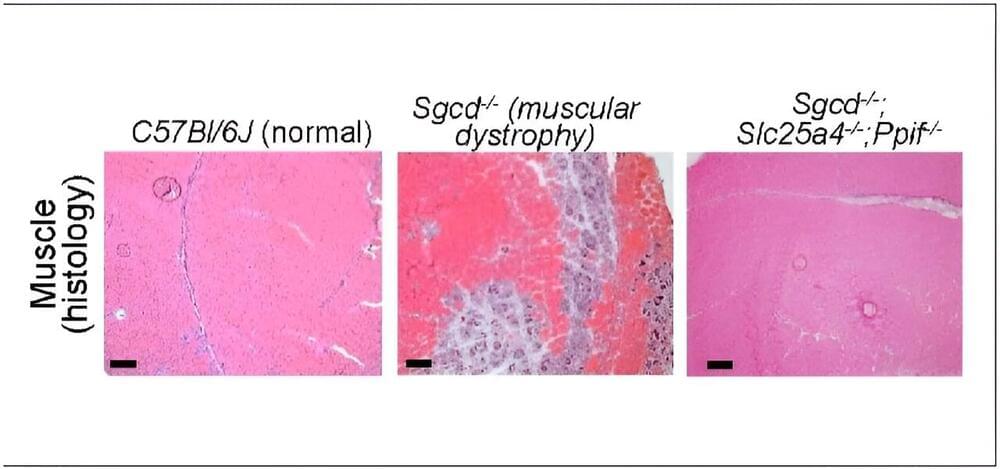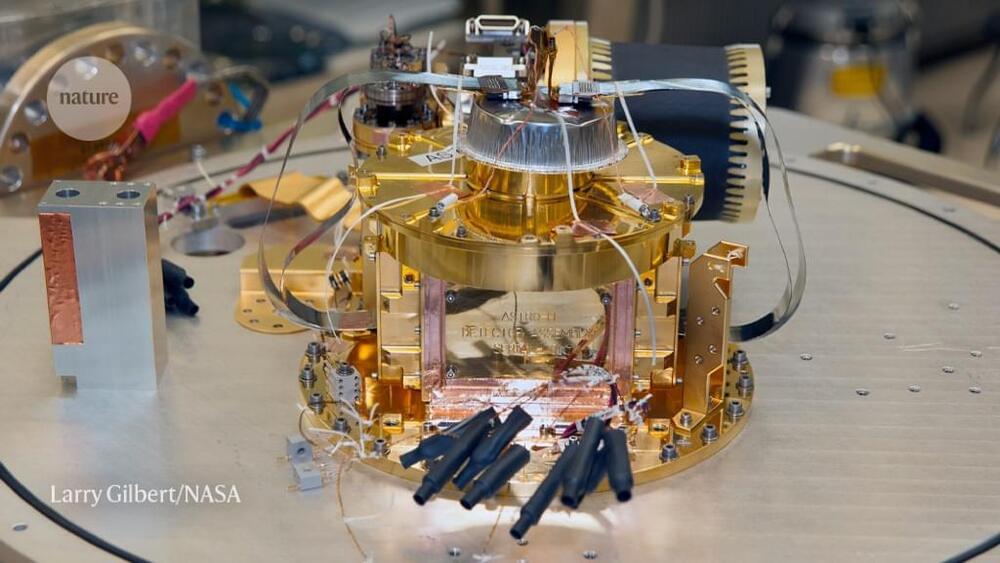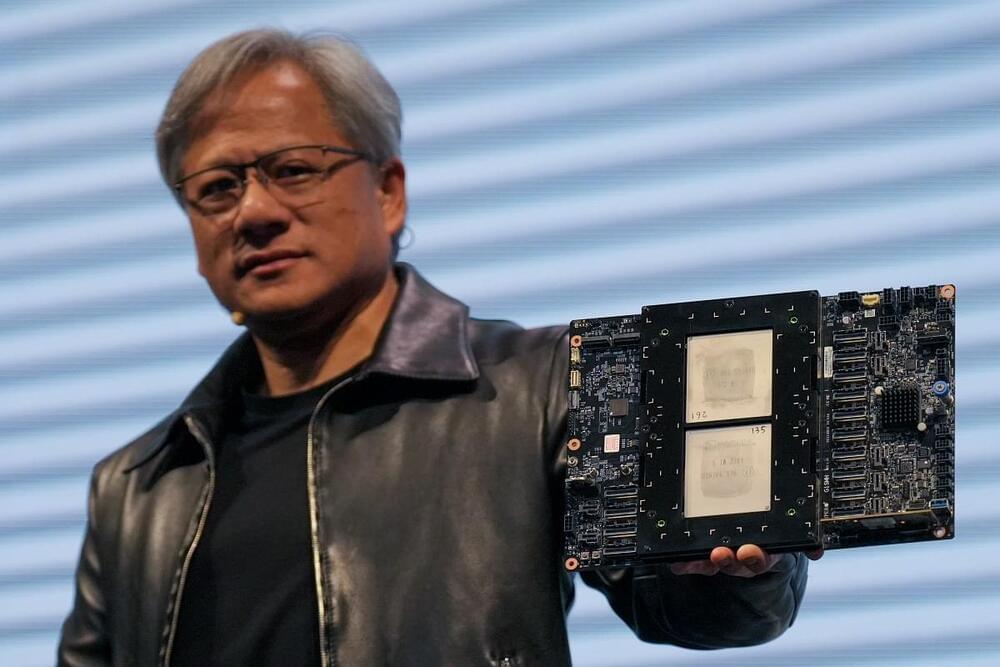Ever since the Jerry Lewis telethons began in the 1960s, millions of people have become familiar with an otherwise rare disease called muscular dystrophy (MD).
The medical world has learned much over the ensuing years, including that more than 30 closely related disorders exist that can produce the gradual muscle degeneration that steals a child’s ability to walk and eventually disrupts other organ functions. An estimated 250,000 people in the U.S. are living with a muscular dystrophy. While many are living longer lives thanks to improved treatments, no cure has been found.
Now an eye-opening study led by scientists at Cincinnati Children’s—published Aug. 25, 2023, in Science Advances —reports an entirely new approach to preventing the muscle-wasting symptoms of MD. The research focuses on the role played by mitochondria, the tiny organelle within our cells that processes nutrients into the energy cells need to survive.


 עברית (Hebrew)
עברית (Hebrew)

